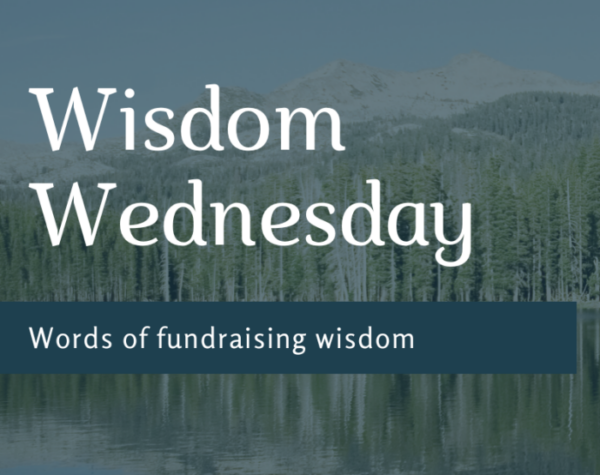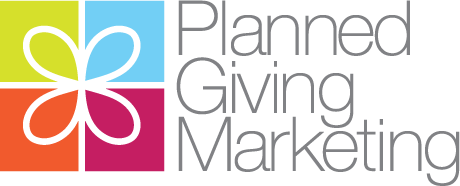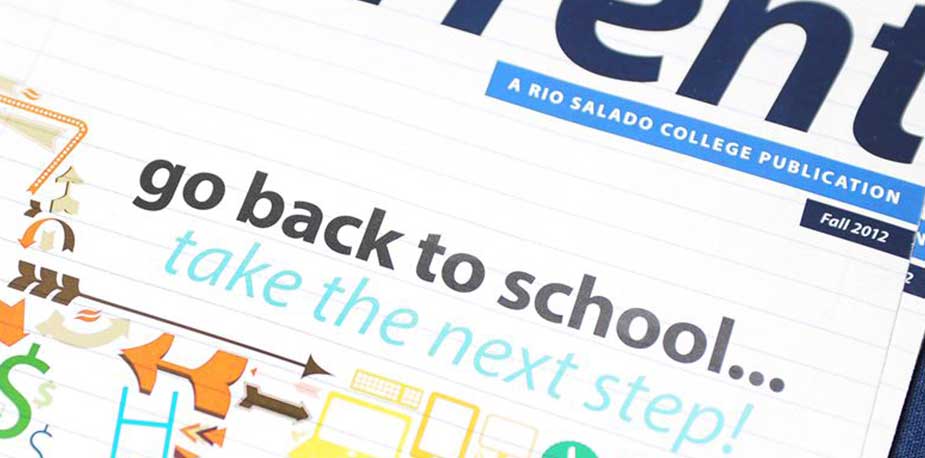Is Print Dead?
It’s easy to find technology companies claiming print is dead. But the DMA (Direct Marketing Association) reports print response rates outperform digital.
Yet some fundraising marketing experts continue to tout technology-based marketing automation solutions.
And planned giving departments want to believe print is dead because it seems digital marketing could lower their costs while making the same impact.
The DMA must be crazy, right?

- Print is expensive
- Print is time consuming
- Print requires coordinating with multiple providers (copy writers, designers, printers, mail shops, etc.)
- Print can’t measure open rates or click throughs
- Print doesn’t benefit from SEO
- Print doesn’t work with social sharing
- Print is for old folks
- Print is obsolete
- Print is dead!
Hmmmm…
Someone better tell that to the college admissions departments who’ve been flooding our mailbox since my daughter took her PSATs two years ago.
It seems not a day passes that I don’t come home to a stack of mail addressed to my millennial child.
What are these admissions offices thinking? What a waste! The TIME. The MONEY. The LANDFILL. Millennials don’t read mail. Conventional wisdome says send them email. Tweet something. Post on Instagram or Snap Chat. Anything but print!
I’ll tell you what these admissions departments are thinking. In fact, I’ll tell you what they know – and you should know, too.
- Print is tangible
- Print is beautiful
- Print is durable
- Print is portable
- Print promotes online channels
- Print puts you in control
And here’s why that matters to admissions departments … and why it should matter to the planned giving department, too.
Planned Giving Decisions vs College Decisions
Like a four-year degree, a bequest represents a significant financial decision.
A four-year degree costs in the range of $80,000 to $300,000 – in the same range as a typical bequest.
Like a college-bound student, your donors have a lot of choices. In their lifetimes, donors write checks to dozens of charities, but leave bequests to just a few.
Like the college application process, gift planning is a family affair.
Like the decision of where to apply and where to attend college, a bequest is a contemplated decision, made over time. Interest in the process ebbs and flows. Interest in a particular college ebbs and flows. Life happens. Circumstances change.
While rapidly changing marketing technology revolutionizes the way colleges (fundraisers) communicate with students (donors), we need to recognize that not all decisions (gifts) are the similar.
Planned gifts are significant. A significant decision for your donors. Significant revenue for your organization. Too significant to trust to the transcience of a digital campaign without adding a tried and true, personalized, targeted direct mail strategy … just like the ones college admissions departments use to attract the next crop of Millennials to their schools.
So before you scrap your direct mail program in favor of the latest, cost-saving, digital marketing innovation, consider what works best for any marketing message.
1. Devise a strategy that generates the leads (prospects) – you need donors who want to talk to you about making a planned gift.
2. Allocate a budget in line with the results you’re trying to achieve – you’re soliciting bequests, not $50 gifts to the annual fund.
3. Commit to a proven plan to communicate consistent, relevant messages, with appropriate frequency. Planned gifts are made on your donors’ timelines, not yours.
There’s a formula that works in planned giving marketing. It’s a multi-pronged approach to get your donors’ attention and keep them in the top of their mind.
Print isn’t dead. And digital isn’t king. But a combination of both works. Which is why admissions departments use this method … and why you’re planned giving department should be using it, too.
Give us a call if you need help. We’ve been helping leading colleges, independent schools, healthcare foundations, and other nonprofits create highly effective planned giving marketing campaigns for over 30 years. Our personalized approach to marketing will resonate with your donors and create more opportunities for you to have the types of conversations you want.

70 ½ vs. 73?
70 ½ vs. 73? We’ve been hearing some confusion from a lot of clients around the age split of 70 ½ vs. 73 for gifting from an IRA. Which is the correct age? What are the rules around each age? When it comes to marketing this great gifting strategy, the problem is both...

Wisdom Wednesday – Are you 85?
Are you 85? I didn't think so ...We've talked about the mindset of our most senior donors in the past. And we'll most likely talk about it forever. Why? None of us know what it's like to be 85 - unless we're 85.We've all been 16 before. Most of us have even recovered...

Generational Marketing – Traditionalists
Generational Marketing - TraditionalistsTraditionalists include those aged 77+ and will be a key group when it comes to your planned giving outreach.Learning how to communicate with this portion of the population is important for your success. Discovering the nuances...
Tech Tuesday – IRS Discount Rate
IRS Discount Rate With the signing of the Consolidated Appropriations Act of 2023 and the provision referred to as Secure 2.0, there is newfound interest around Charitable Gift Annuities* (CGAs). Because of this we’re all becoming reacquainted with the IRS...

